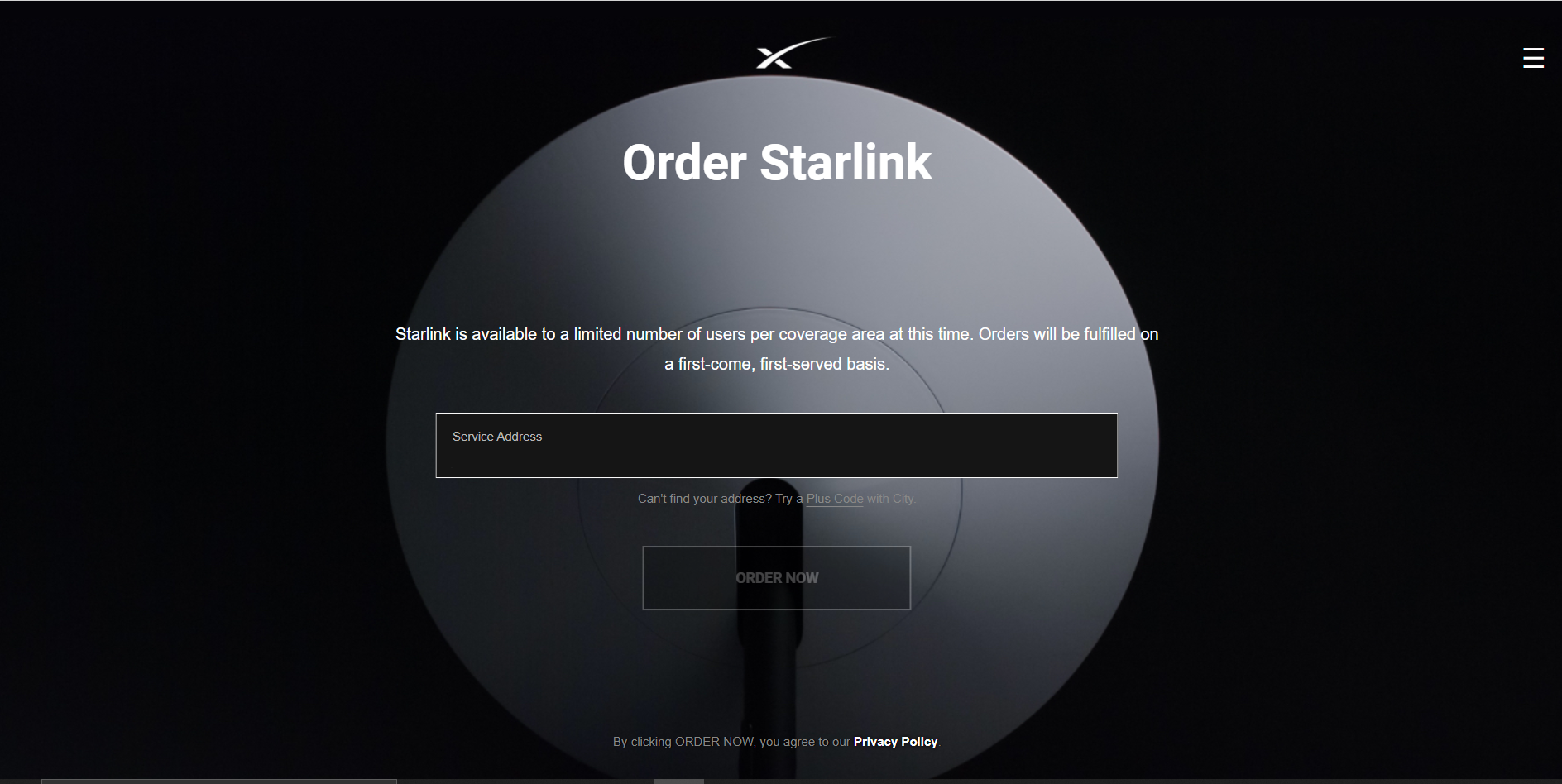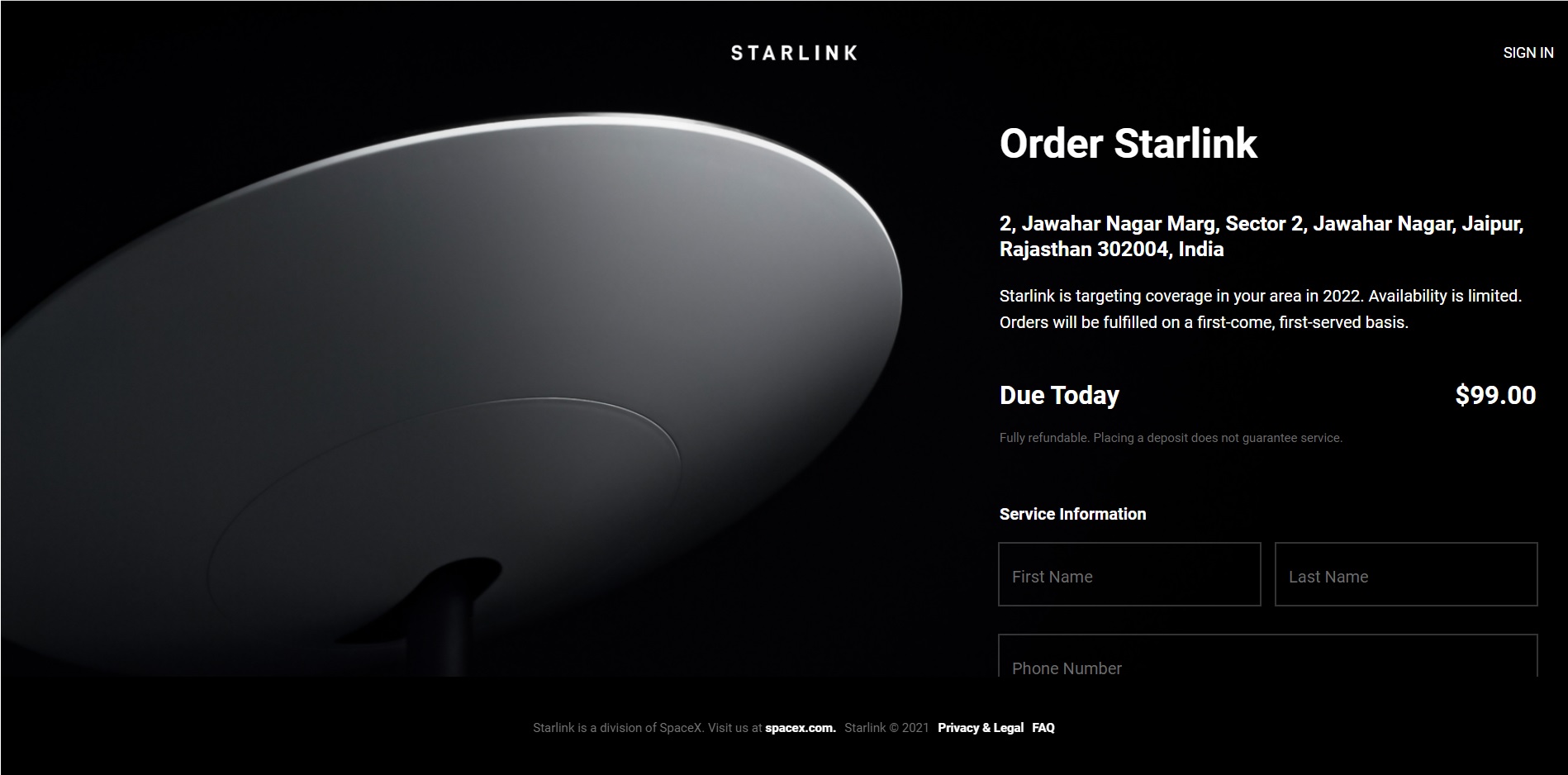Broadband users across the country can be broadly divided into three parts. One that has access to blazing-fast internet connections with almost 100% uptime and thanks to the competition, these fibre broadband connections are affordable as well. The second category is of the users who are stuck at a place with poor infrastructure or are of low interest to the service providers, hence these users may have broadband access but at abysmal speeds and exorbitant costs.
Then comes the category where there is no connectivity. Forget broadband, even being able to connect to the internet using your phone is a luxury.
A satellite-based internet system may not be of huge interest to the first category apart from the users who are facing troubled connectivity and for the rest, this can be life-changing. Starlink is one such company that plans to bring fast internet connectivity regardless of their physical locations.
- Everything you need to know about SpaceX's Starlink and 'space internet'
- Is Musk's Starlink coming to India? Looks so
With the help of over 12000 low Earth orbit (LEO) satellites, Elon Musk’s Starlink will beam high speed, low latency internet across the globe. These satellites are being deployed in Earth’s orbit in a phased manner and will form an array around the Earth to relay internet connectivity from the ground-based stations.
These satellites will be interconnected with the help of lasers to offer seamless coverage across the globe.
Is Starlink feasible in India?
Starlink or any other satellite internet service can be of major help in a country like India. It can offer high-speed wireless connection in congested metro cities and tough terrains where installing wired connectivity is still a challenge.
From villages in the desert of Rajasthan to the hilly Himachal, forests in central India or the coastal regions, high-speed internet will not only help people to connect easily but can be a gamechanger when it comes to education, farming, transport, local commerce etc and can boost the economy.
Apart from metros and some tier 2 cities, a wired broadband connection is scarce. The high cost of setting up and maintaining infrastructure turns out to be the biggest roadblock for ISPs, hence an internet connection that doesn’t cost much is easy to set up and can offer seamless connectivity is a godsend in a country like India.
Additionally, offering connectivity in remote locations of the country will be in line with the federal government's “Digital India” dreams. Though, the government prefers local manufacturing and promotes local businesses under Vocal for Local, however, letting Elon Musk’s ambitious project connect rural India to the world could be a massive step in the direction to support innovation.
Starlink, like Tesla, has plans to offer its services in India. SpaceX has already written to the Indian government to the Telecom Regulatory Authority of India (TRAI) for facilitating approvals to use satellite technology for internet access in remote areas.

How can I sign-up for Starlink internet in India?
As of now Starlink is offering public beta connections and has over 10,000 users enrolled in the service across various countries like the US, UK, Canada, Mexico, and Australia etc.
Anyone can apply for a Starlink connection in India. Since it’s a beta phase, the connection is being rolled out in a phased manner. Its official website states that the service “is available to a limited number of users per coverage area at this time. Orders will be fulfilled on a first-come, first-served basis.”
You can enter your street address to check the availability. This availability date may depend on the area that you live in. In most cases that we’ve come across (including ours), the website mentions limited availability and probably 2022 is when you can expect the services in the country.
What is the cost of a Starlink subscription in India?
Starlink does not have any tie-ups with local payment services in India. Hence all the payments you make will be in US dollars. The payments can be made using a credit card, debit card as well as Apple Pay. The subscriptions charges are as below:
- Upfront deposit - $99. This will be deducted from the monthly subscription fee once the connection is activated. This is a refundable deposit that will be refunded, in case, Starlink isn’t able to provide services in your area.
- Monthly subscription fee - $99. This includes unlimited data access
- Hardware cost - $499 + shipping. The Starlink kit includes an antenna similar to DTH antennas installed all around us, a router, a power supply, and a mount.
This Starlink kit is sent across when the company is able to offer connectivity services in your area. Apart from shipping, customs charges could be additional.
What kind of speed can I expect from Starlink in India?
The speeds offered by Starlink may vary initially depending on the satellite coverage. The website itself warns you to be ready for occasional no connectivity periods as well. Though this is subject to improve as SpaceX deploys more satellites into orbit.
As of now, users who’re a part of the beta test are reportedly getting download speeds of 100 Mbps (megabits per second) and upload speeds of 20 Mbps with latency is at or below 31 milliseconds.
While the current speeds may not be extremely impressive as in most cases wired broadband can offer way faster services, however, Starlink is currently offering internet with the help of one-twelfth of the planned satellites. Once fully deployed, according to the company’s claims, Starlink can offer up to 10Gbps download speeds.

Should I apply for a Starlink subscription?
Since the service is already in its beta testing phase, it may soon go live for a wider audience. However, in India it may go live sometime next year, subject to regulatory approvals. That being said, you still can sign up for the beta program.
However, keep in mind the below points before paying the upfront fees:
- No specific date mentioned for the services to go live
- Currently, the speeds are limited. You may get faster internet speeds already on fiber in your area or may get it before Starlink goes live
- The subscription charges are $99 per month that translates to Rs. 7000 approximately every month and compared to other ISPs in India, this is the costliest service at the moment.
- It is ideal for places with no connectivity.
- There could be periods of total blackout as mentioned above
- It may not have any local support centre, at least initially
- Its services are impacted by bad weather just like your DTH connection
Are there any Starlink competitors in India?
The idea of space on the internet is not new and Starlink is not the only company in its segment. India has Bharti-backed OneWeb with similar plans. It will launch over 640 satellites across 21 launches to offer satellite internet services across the globe. Like Starlink, even OneWeb is expected to start offering services in India in 2022.
Even Amazon’s Project Kuiper is one such service that could beam the internet directly from space and may use over 3,236 satellites. Project Kuiper is also expected to go live next year.
Also, worth mentioning is Google’s Project Loon, which was recently shut down but was working on similar principles. Though rather than using satellites, Google deployed balloons in the stratosphere to deliver wireless internet in remote areas of the world. This project was shut down recently because Google felt that it was not commercially viable. Even Facebook’s Aquila solar-powered internet plane that wanted to beam internet via laser was found impractical and was closed down prematurely.
Having said that, the space internet industry is hotting up. Apart from these multinational corporations, there are smaller companies that are planning to launch similar services, however, for a specific geo-location like a country-specific. We’re yet to hear any such announcements for India.
Aside, State-run BSNL in collaboration with Skylo is also looking to set up the world’s first satellite-based IoT network. This is aimed at offering connectivity to billions of sensors and machines in maritime, agriculture, railway, logistics, and the ones that help in disaster management. Though this may not offer satellite internet commercially, however, works on similar principles.
- Best smartphones with high refresh rate displays under Rs 25,000
- Upcoming smartphone launches in India for November: Specs, launch date, price
Get up close with consumer tech news that you can use, latest reviews and buying guides. Follow TechRadar India on Twitter, Facebook and Instagram!
TechRadar - All the latest technology news https://ift.tt/3q3JVt6
Comments
Post a Comment